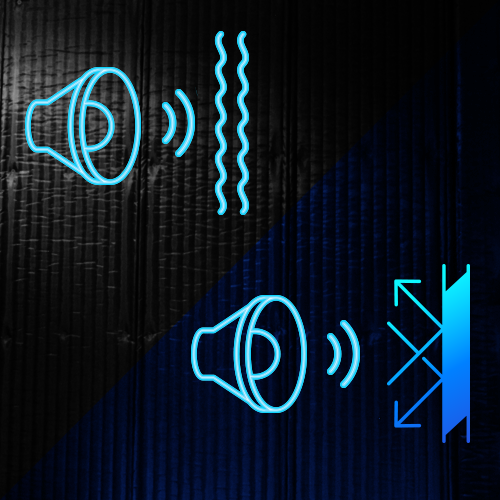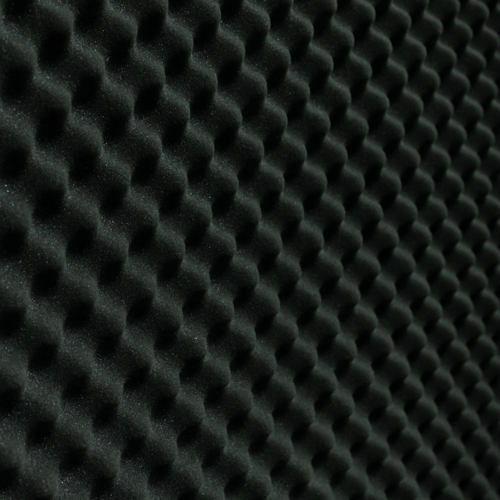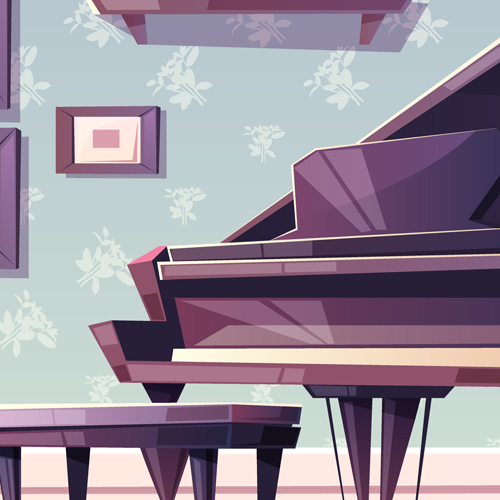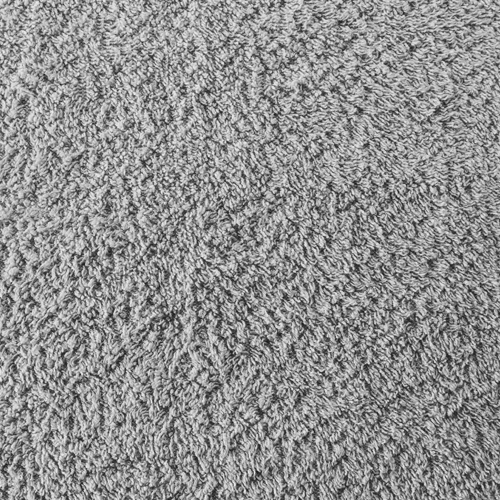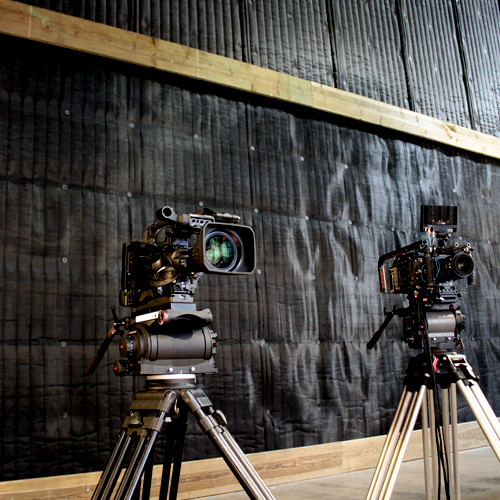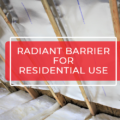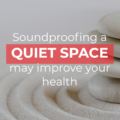We live in a social media era where it is essential to create content for everything and everyone, especially musicians, videos, voice actors, podcasts, or just for fun. Sometimes we need a space to record where the noise issues are not under control. This is the time when you need to ask yourself, are you using the correct soundproofing for your space, room, or studio?
You need to know what kind of sound you are looking for or the type of noise you want to avoid, so you don’t waste time and money on unsuccessful materials or methods.
The first and most common myth in our list is the difference between soundproofing vs. sound absorption
Soundproofing and sound absorption are two different things. You will need different materials to get the results you want on each of them. Both sound absorption and soundproofing have benefits, but they achieve a different result.
Soundproofing is the process of blocking sound or unwanted noise from entering or exiting any space or room. You can do this using different techniques. For example, adding mass or heavier materials while constructing, decoupling walls, creating barriers, and sealing air gaps can improve Soundproofing. Soundproofing is necessary when you need to control unwanted sound.
In contrast, sound absorption reduces reflected sound in a space or room, preventing it from spreading and reflecting off of hard/smooth surfaces. You may use sound absorption materials containing lightweight small fibers such as fiberglass, fabrics, or porous materials to absorb sound, control echo, amplification, and reverberation in the space or room. It is critical to have proper sound absorption in rooms like recording studios, theaters, or large rooms to improve the transfer of sound and music through the area.
It is harder to soundproof a room than give an acoustic treatment to a room.
You can read more about this in our blog Are Soundproofing and Sound Absorbing the Same?
The second myth in the soundproof misconceptions list are Egg Cartons and Egg Crate Foam
If you are a DIY fan and looking for ways to reduce noise via online options, you’ll probably find the use of egg cartons as a soundproofing method.
This is an excellent example of the misunderstanding between soundproofing and sound absorption. At the same time, some people find styrofoam and cardboard cartons an inexpensive mode to soundproof a room. The truth is that they don’t block or absorb much sound because these type products are not very porous and do not have mass to soundproof space.
Another frequently used material is the egg crate foam, but it doesn’t provide soundproofing and is a high-risk flammable material.
The third myth is Soundproof Wallpaper
Soundproof wallpaper is not designed for medium or high levels of sound absorption. This wallpaper is just several layers of thick materials like acoustic foam or similar material, not made for soundproofing or blocking.
This type of material used as soundproofing may help reduce a small amount of noise within a room, but it doesn’t soundproof the room or space from noise entering. In contrast, many people choose this option because it is inexpensive and has plenty of design options for those who prefer style over a real benefit.
At the very least, effective soundproofing involves adding mass and other sound-blocking methods to stop the noise from transferring from room to room.
Carpets are the fourth myth on the soundproof misconceptions list
Carpets can help with many sound and acoustic benefits like reducing footsteps sound, echoes but it doesn’t help with soundproofing. This is because they can not block the sound or noise coming in or out from room to room.
Some people may be mistaken because the room seems quiet as the carpet will absorb some of the sound generated in the space, but will not provide soundproofing for the space.
If you want to soundproof your studio, office, or any space, the best option is to use materials that have mass (weight), such as Mass Loaded Vinyl, to block sound from entering or leaving a room.
The Quilted Studio Blanket is an excellent solution for absorbing sound reflection and reverberant noise in a Studio, building or open room. Our blanket features 90% sound absorption, an R Value = 9, a 50% recyclable content, is certified VOC compliant, and reflects 97% of radiant heat. In addition to the sound absorption qualities, the Studio Blanket blocks an average of 16 decibels
The Studio Blanket’s foil backing is excellent for installations requiring a semi-rigid surface. When the Quilted Studio Blanket is used as a ceiling baffle, it is an efficient and economical way to mitigate sound and echo problems in large spaces.
If you need more information about our products or help with your projects, call us, email us or visit our website.

